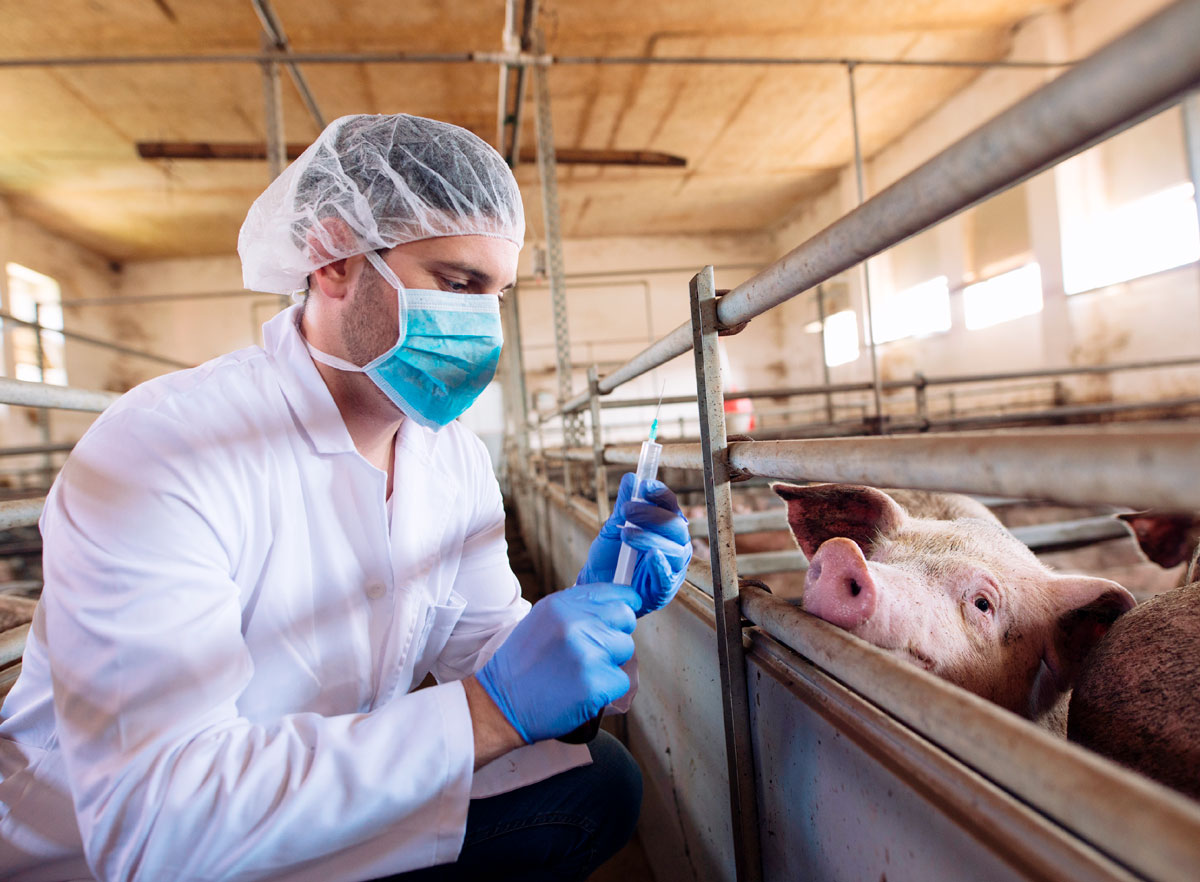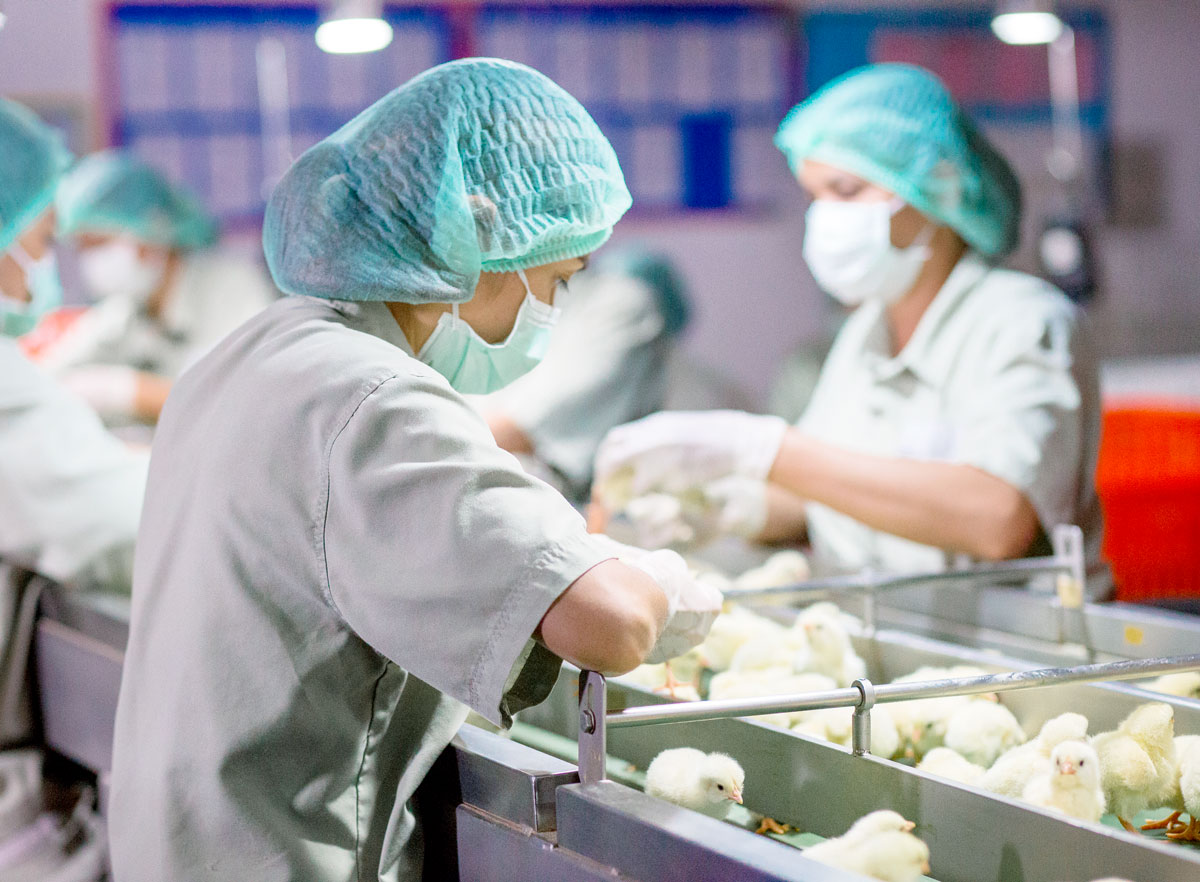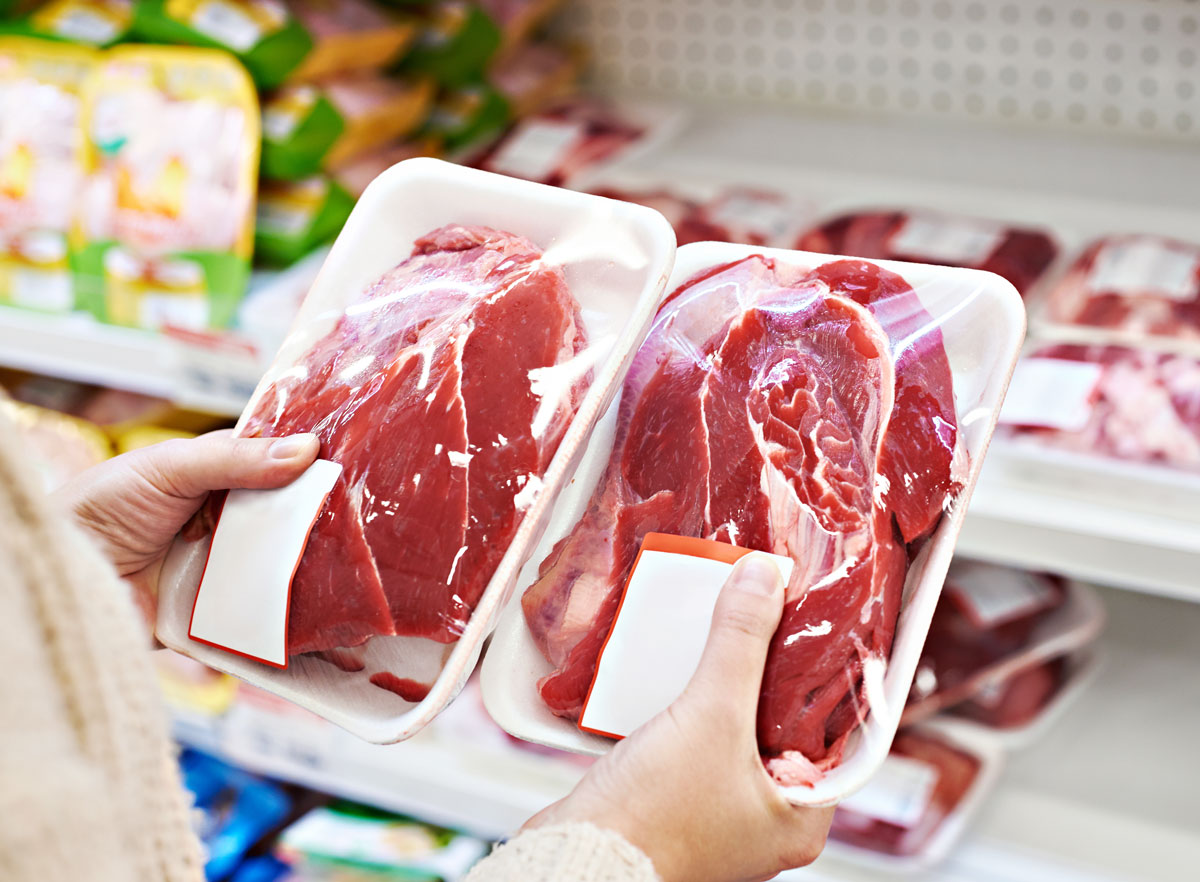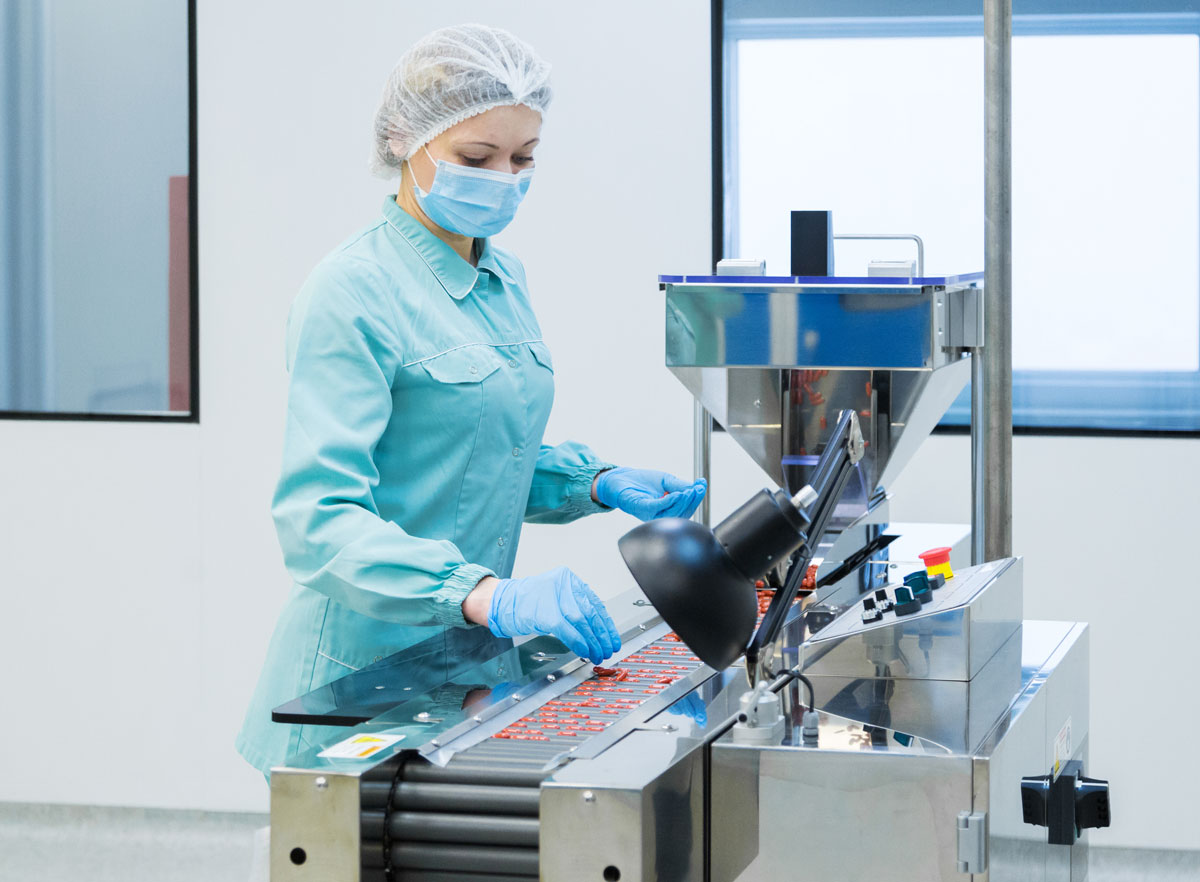
Antibiotics are used on a daily basis in animal farms all over the world, for different reasons and in a very wide variety of situations: to treat sick animals, to prevent diseases or simply to increase productivity through their effects on animal growth... It is therefore important to have a far clearer understanding of how the men and women who work with livestock use (or not) antibiotics and how their working conditions determine the way they manage animal health. Farmers, veterinarians, technical advisers, scientists, sales representatives from various industries or agricultural cooperatives… all of these people set foot at varying frequencies in livestock farms to provide the knowledge, practices and techniques that shape the way antimicrobials are used, prescribed and circulate. Our projects seek to analyse how these actors work and interact on a daily basis.
For more details, look at the Themes page.

Practices and knoweldge of animal health professionals have an strong collective dimension: they are dependent on professional groups and organisations which are controlling the use of and access to antibiotics in livestock farming. Farmers, for instance, are inserted into multiple networks with actors who are providing them with various inputs (feed manufacturers, breeding companies, veterinarians) or who buy their animals (cooperatives, slaughterhouses, supermarkets). The ways farmers use antibiotics are thus determined by the standards, contracts or technical and financial constraints that tie them more or less firmly to these actors. Our projects therefore seek to understand how these norms shape animal health professional's knoweldge and practices.
For more details, look at the Themes page.

Nowadays many of the standards that contribute towards the management of antibiotic use in livestock farming are of a private nature, or integrate economic and commercial stakes into public regulations. Both agri-food chains and veterinary medicine markets are complex systems that determine the circulation of antibiotics and animal products, and form the economic values (prices, margins, turnover, etc.) linked to the exchanges between various operators like pharmaceutical industries, wholesalers and retailers. Our projects therefore seek to analyse the structure of these food and pharmaceutical markets, and how it shapes antimicrobial use in livestock.
For more details, look at the Themes page.

The problem of antimicrobial resistance is now recognised as a One Health issue (human, animal and ecosystem health) and many public and partly state-controlled actors are therefore contributing towards the ways antibiotics are regulated in livestock farming. These regulatory issues, and sometimes controversies, take place at international, regional and local levels regarding the way the measures against antimicrobial resistance are defined. Our projects seek to analyse how these policies are constructed and implemented at these differents scales and how the balance of power between different actors (States, international organisations, expertise agencies, etc.) influence the way the problem of antimicrobial resistance is dealt with.